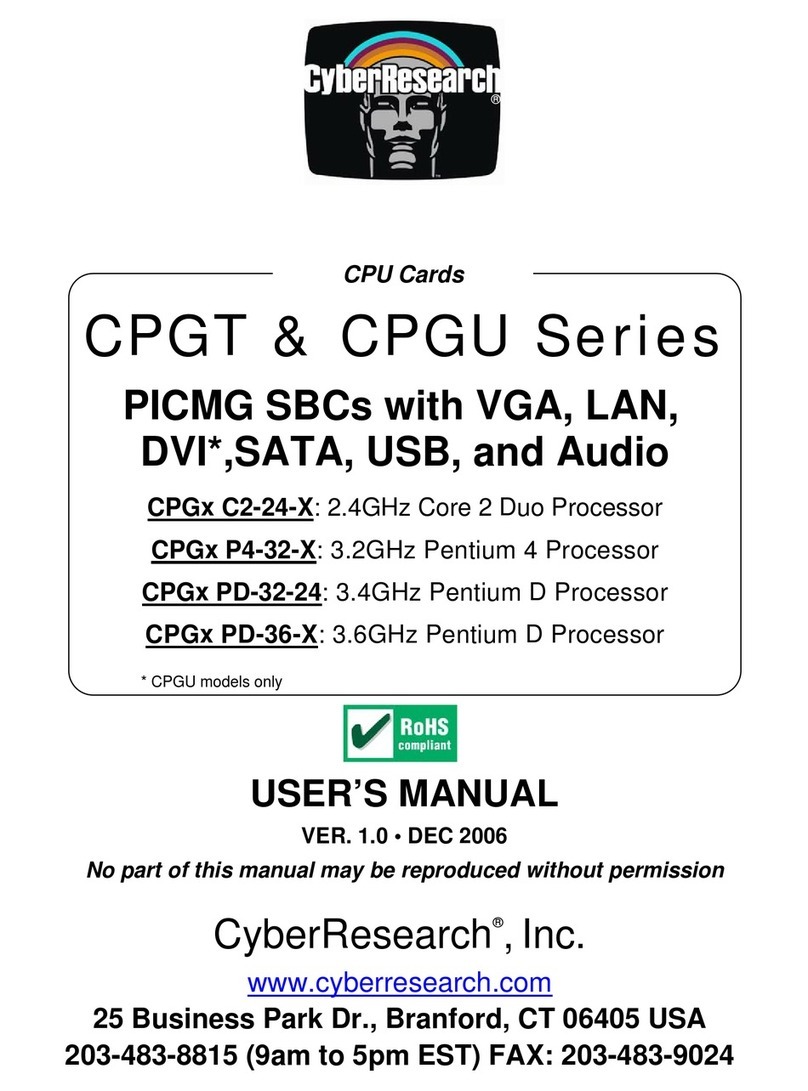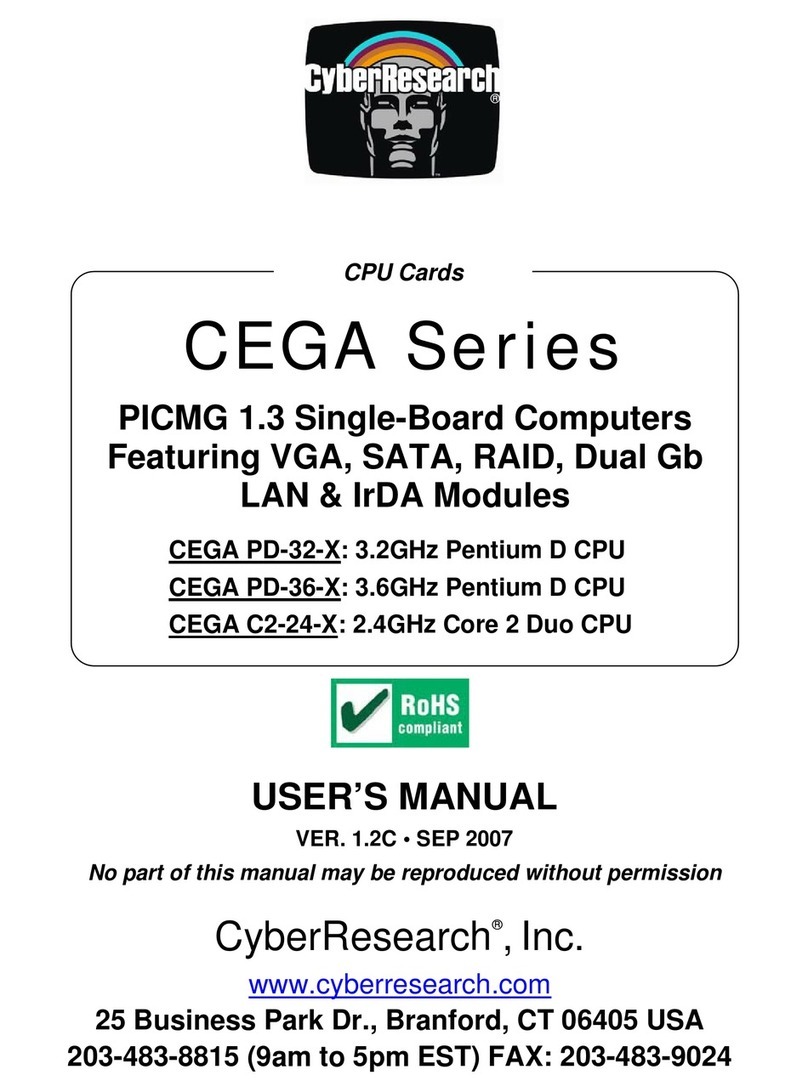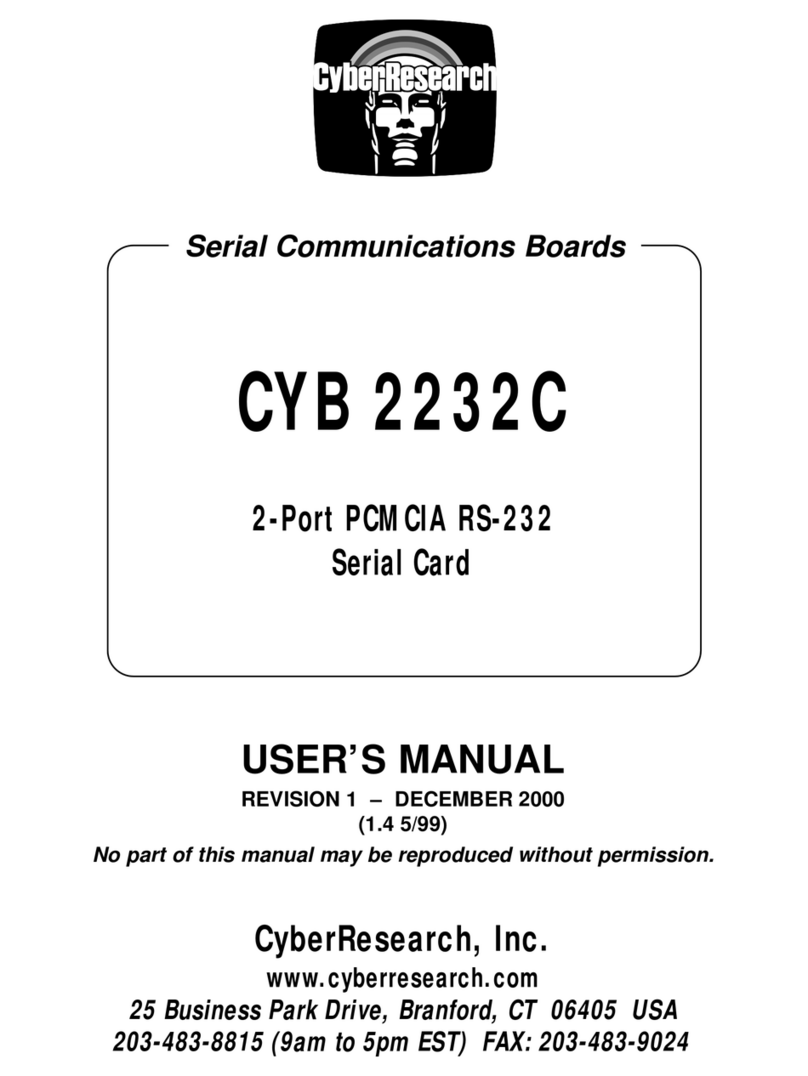
ii •Table of Contents
Chapter 3 Registers Format................................................... 20
3.1 PCI PnP Registers......................................................................................20
3.2 I/O Address Map.........................................................................................21
Chapter 4 Operation Theorem............................................... 22
4.1 Digital I/O Ports...........................................................................................22
4.1.1 Introduction.........................................................................................22
4.1.2 8255 Mode 0........................................................................................22
4.1.3 Special Function of the DIO Signals..............................................22
4.1.4 Digital I/O Port Programming..........................................................23
4.1.5 Control Word.......................................................................................23
4.1.6 Power on Configuration...................................................................24
4.1.7 Note for Output Data.........................................................................24
4.2 Timer/Counter Operation.........................................................................25
4.2.1 Introduction.........................................................................................25
4.2.2 General Purpose Timer/Counter....................................................25
4.2.2 Cascaded 32 Bits Timer...................................................................26
4.2.3 Event Counter and Edge Control...................................................26
4.3 Interrupt Multiplexing................................................................................26
4.3.1 Architecture........................................................................................26
4.3.2 IRQ Level Setting...............................................................................27
4.3.3 Note for Dual Interrupts...................................................................27
4.3.4 Interrupt Source Control..................................................................28
4.4 12V and 5V Power Supply........................................................................29
Chapter 5 C/C++ Libraries...................................................... 30
5.1 Libraries Installation................................................................................30
5.2 Programming Guide ..................................................................................31
5.2.1 Naming Convention...........................................................................31
5.2.2 Data Types..........................................................................................31
5.3 _DIO48H/96H_Initial.................................................................................32
5.4 Digital Input..................................................................................................33
5.5 Digital Output...............................................................................................35
5.6 Configuration Port......................................................................................36
5.7 Configuration Channel..............................................................................37
5.8 Set Interrupt Control..................................................................................39
5.9 Timer Start...................................................................................................40
5.10 Timer Read..............................................................................................41
5.11 Timer Stop...............................................................................................42
5.12 Cascaded Timer.....................................................................................43































